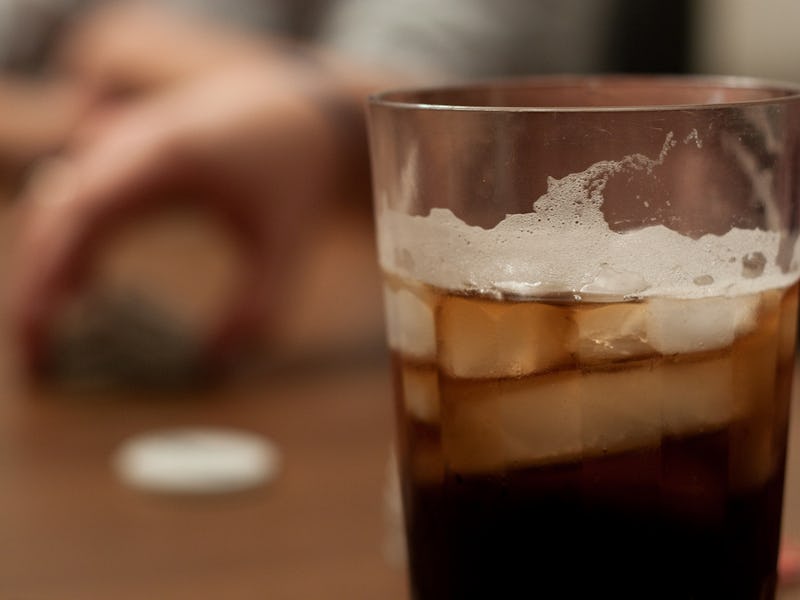Alcohol Guidelines Are Meaningless Because There's No "Standard Drink"
Most countries can't agree on what constitutes excessive drinking.

Tired of your American friends calling you out for being a lush? You might want to move to Chile or Austria, where the bar for excessive drinking is much higher, a new study on drinking guidelines in the journal Addiction reports.
Anyone whose boozing habits disagree with their national drinking guidelines should probably skip town to find kindred souls — with kindred livers — elsewhere. Guidelines on drinking often rely on a certain number of “standard drinks” — but these only make sense when the size of said drink is defined. And as it turns out, most countries skip over that detail, rendering their booze rules somewhat moot.
After analyzing the drinking guidelines of 75 countries, the study’s lead researcher, Keith Humphreys, Ph.D., found this omission puzzling but still better than having no guidelines at all.
“I would not say the lack of a standard drink definition makes weekly limits worthless,” the Stanford University School of Medicine researcher tells Inverse. “Just harder to understand than they would be otherwise.”
In the U.S., a standard drink is 14 grams of pure alcohol -- the rough equivalent of one bottle of regular beer.
Less than half of the countries he and his team studied defined the volume of a “standard drink.”
The ones that did make such a distinction differed vastly from each other, varying by 250 percent. In Iceland, for example, the size of a standard drink is 8 grams of pure alcohol — that’s about half of a standard five-ounce pour of Merlot — whereas in Austria, the standard size is 20 grams — the rough equivalent of one and a quarter glasses of wine.
A country with a reputation for its heavy drinkers, the UK, surprisingly, shares Iceland’s minimal 8-gram standard drink. It’s not intuitive, says Humphrey, because it’s actually half the size of the country’s most commonly consumed drink — that is, a pint of beer.
“It probably confuses some British people that their own standard drink is defined by the government as two standard units,” he says.
As if the inconsistency of standard drink sizes isn’t confusing enough, certain countries make different concessions for celebratory boozing and differences between men and women. On big nights out in countries like Australia, Canada, Denmark, Fiji, France, Mexico, New Zealand, Poland, and the UK, the standard drink limit is a bit higher than normal. And in Australia, Grenada, Portugal, South Africa, and the UK, men and women are held to the same low-risk drinking standard.
Despite the fact that the World Health Organization defines a standard drink as 10 grams of pure alcohol — with both men and women recommended to stick to two per day — Humphrey admits that the definitive scientific limits remain elusive.
“We don’t actually know which limits are too high and which are too low,” he says. “The research evidence we have is good enough to make global judgments [like drinking six drinks a day is hazardous] but not good enough to support more fine-grained judgments, which is in part why guidelines vary from country to country.”